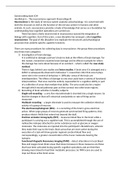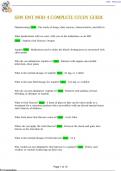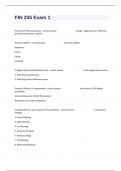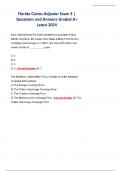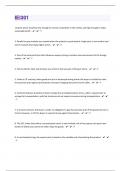Samenvatting
Comprehensive summary Social Psychology ch. 1, 3-8 including pictures and models
- Instelling
- Universiteit Van Amsterdam (UvA)
- Boek
- Social Psychology
I summarize very extensively with a lot of colours and lists. It also contains pictures and models from the book. This document summaries the chapters you need for Social Psychology: 1, 3, 4, 5, 6, 7.
[Meer zien]






